Are you ready to get a head start on growing produce this year? Although February gardening might be indoors-only in certain regions, individuals living in warmer climates have the opportunity to begin planting early. USDA Plant Hardiness Zones 7 through 10 will enjoy a wider variety of plants able to grow during wintertime, whereas Zones 3 through 6 will be more limited. If you’re unsure about the zone where you live, you can reference the map here. Here are 16 things to plant in your garden that have the potential to be hardy enough to thrive during February!
1. Carrots
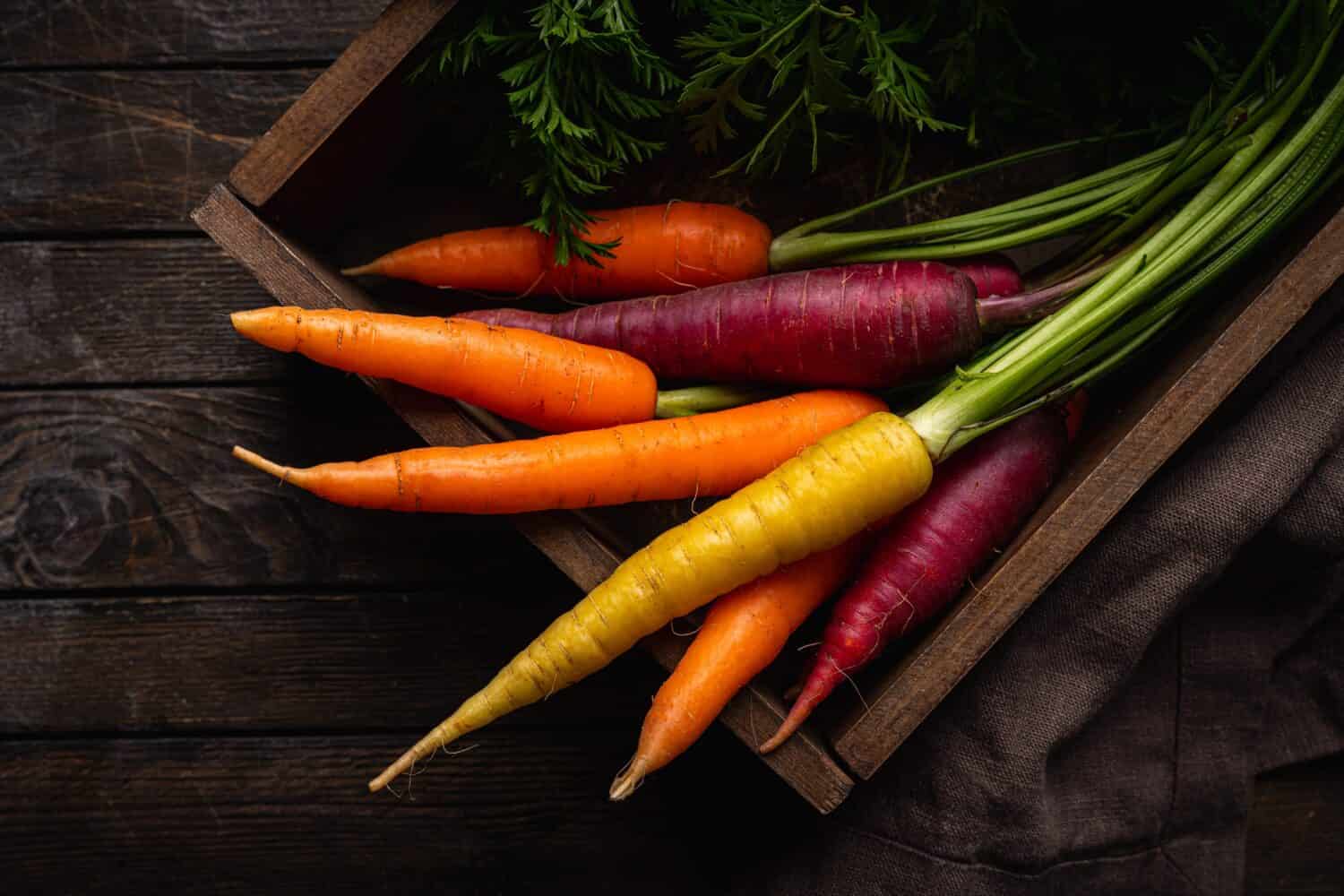
Carrots are hardy to the cold.
©Goskova Tatiana/Shutterstock.com
Certain vegetables do better in colder temperatures than others. Luckily, carrots are one of them! This hardy vegetable can withstand winter and grows well into spring. If you’re in a more northern state, consider using a cold frame to ensure the dirt stays thawed.
2. Peppers
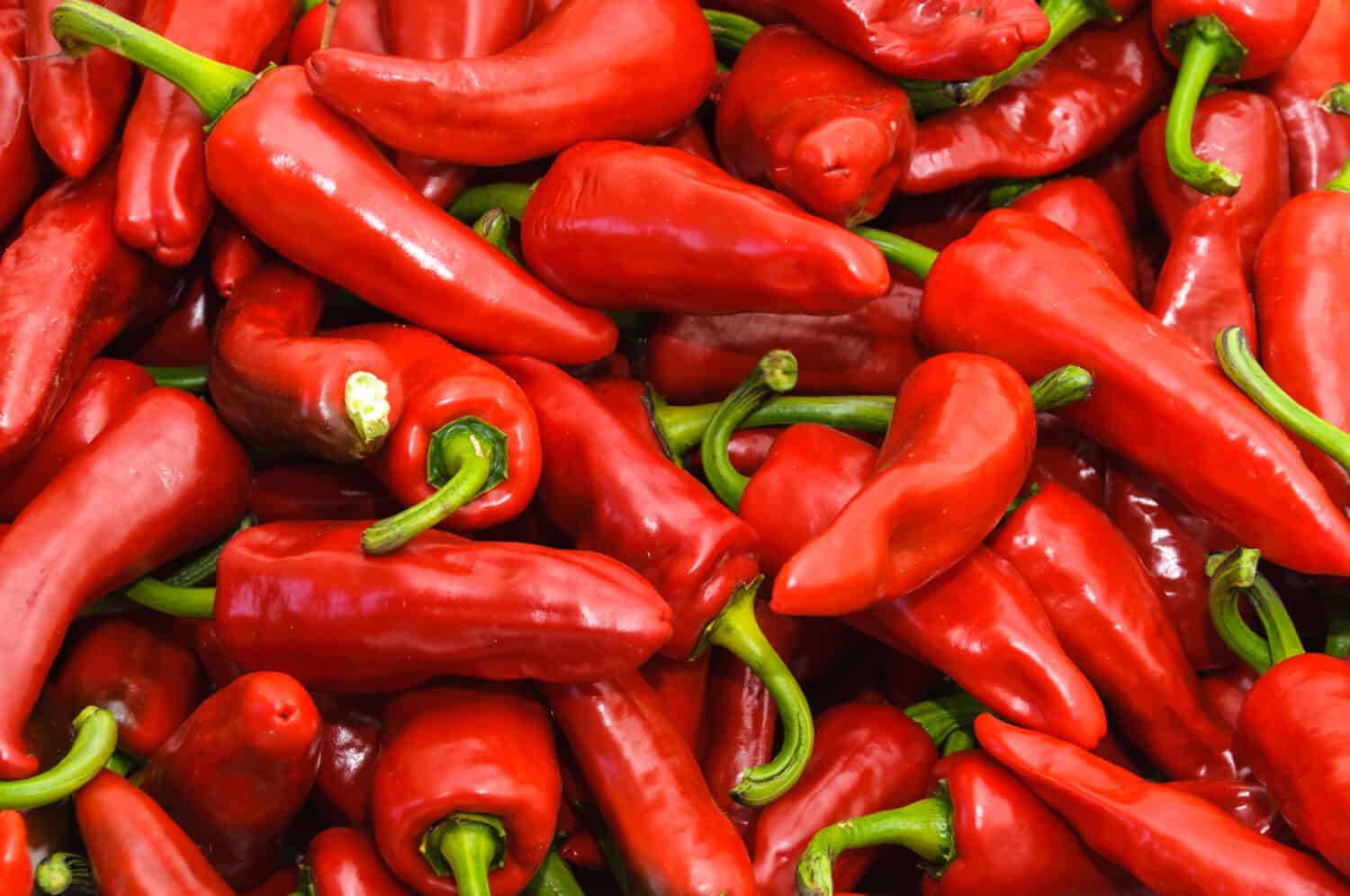
Hot peppers are typically very nutritious.
©Thomas Dutour/Shutterstock.com
Although planting peppers early on can allow them extra time to grow to their fullest potential, they are slightly more sensitive to the cold. Depending on where you live, you may want to begin growing your peppers indoors before transferring them to an outdoor garden.
3. Spinach
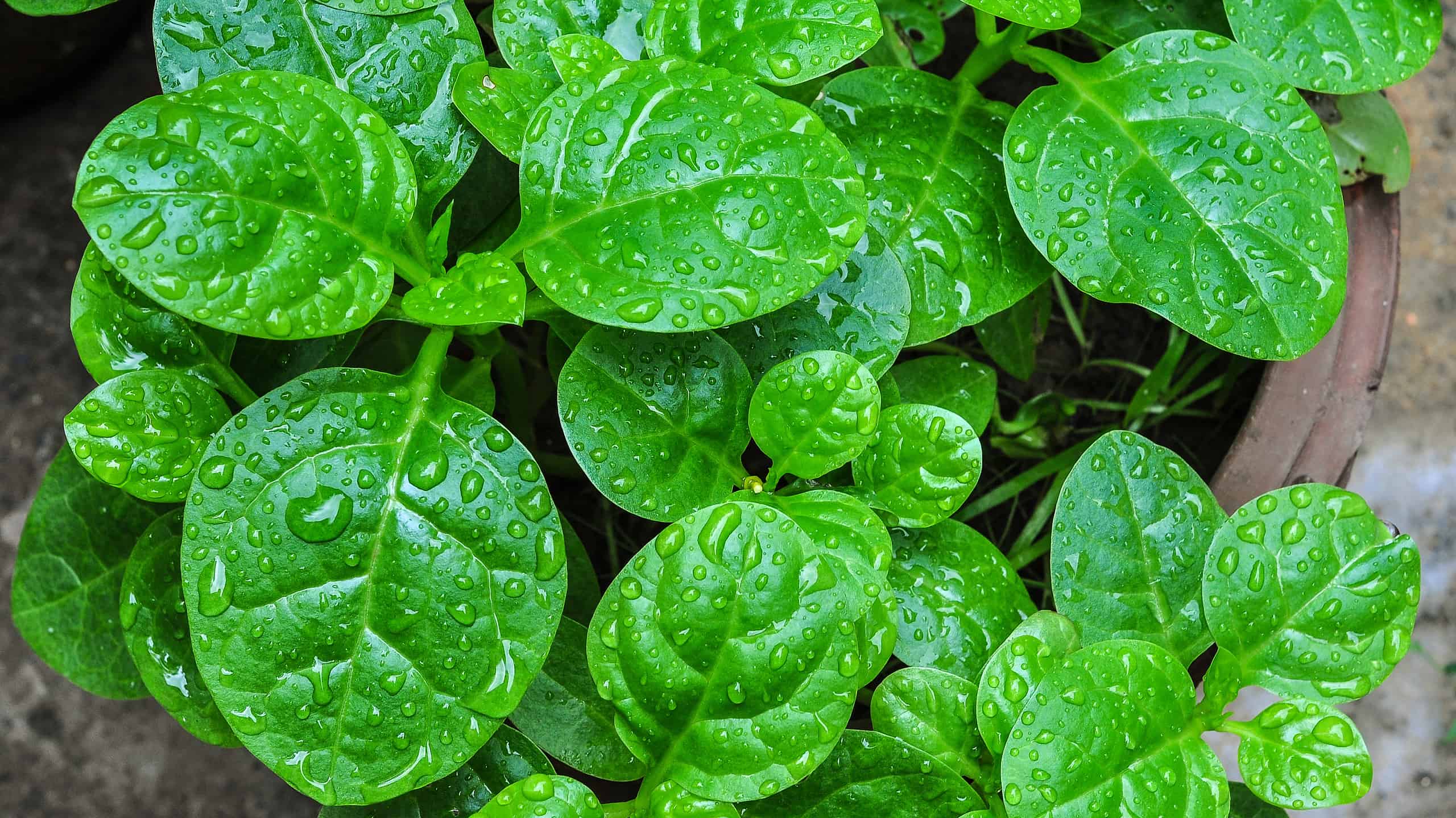
Spinach is rich in vitamins, folic acid, calcium, and zinc.
Although it might look delicate, you can certainly plant spinach during February. This plant can handle the temperatures of late winter. In fact, as long as temperatures in your region remain above 20 degrees Fahrenheit, you have little to worry about!
4. Onions
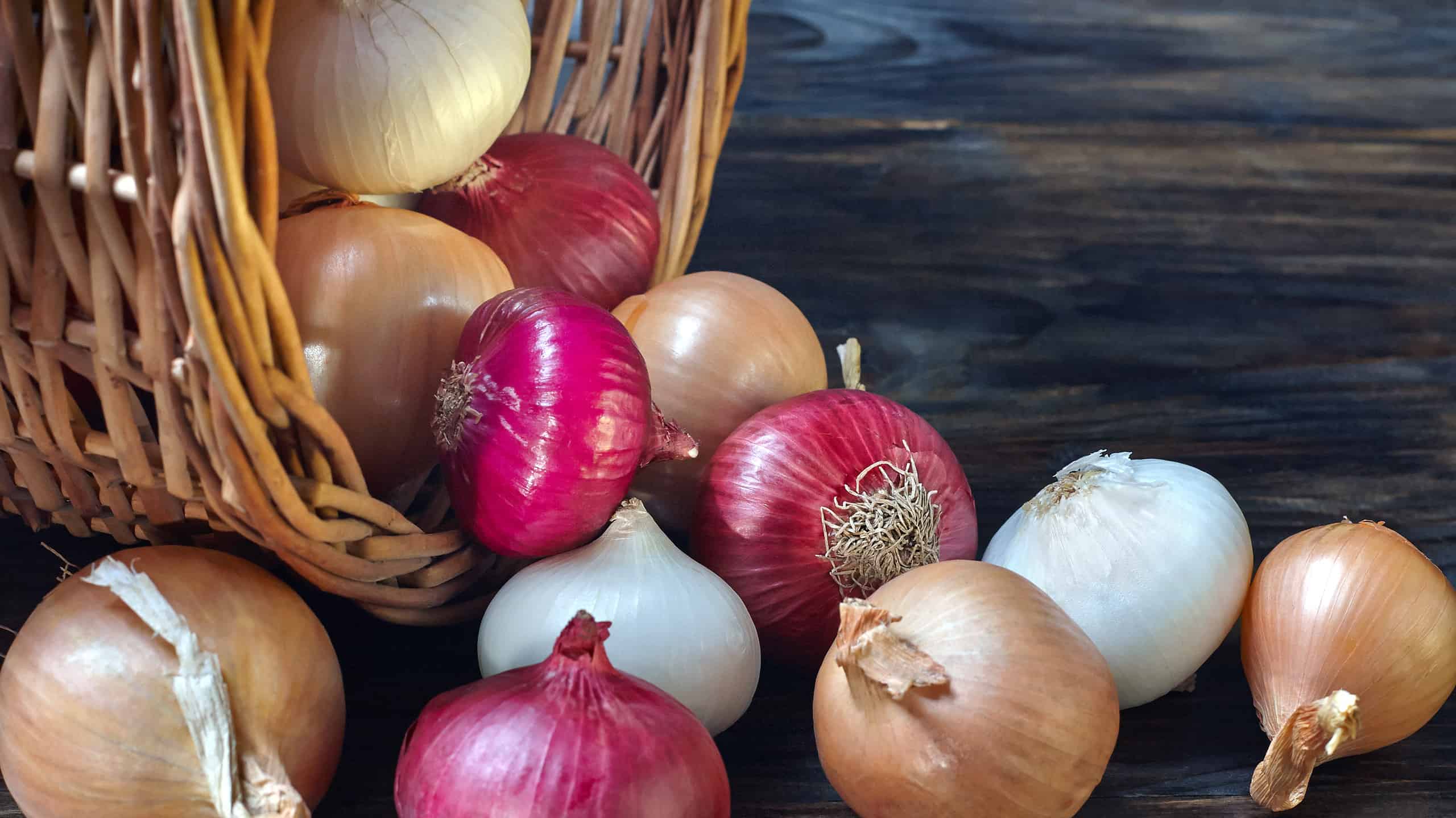
Garlic, leeks, and scallions are close relatives of onions.
©Svecha-65/Shutterstock.com
Onions are hardy to the cold, and many varieties can brave through temperatures as low as 30 degrees Fahrenheit. However, it’s important to know that they won’t survive a hard freeze. If this occurs, you may lose this crop. Because of this, many individuals will want to begin growing onions indoors before transplanting them to an outdoor garden when temperatures warm up.
5. Peas

Some people claim that a diet rich in peas can help fight against heart disease.
©Mironov Vladimir/Shutterstock.com
Even though peas aren’t one of the most popular vegetables to plant, they are surprisingly hardy to the cold. In fact, according to the Old Farmers Almanac, “‘Plant peas as soon as the ground can be worked'”‘ is a popular saying in the gardening world.” Depending on where you live, this time can vary. However, southern regions in the United States will enjoy workable ground around February, so have at it!
6. Beets
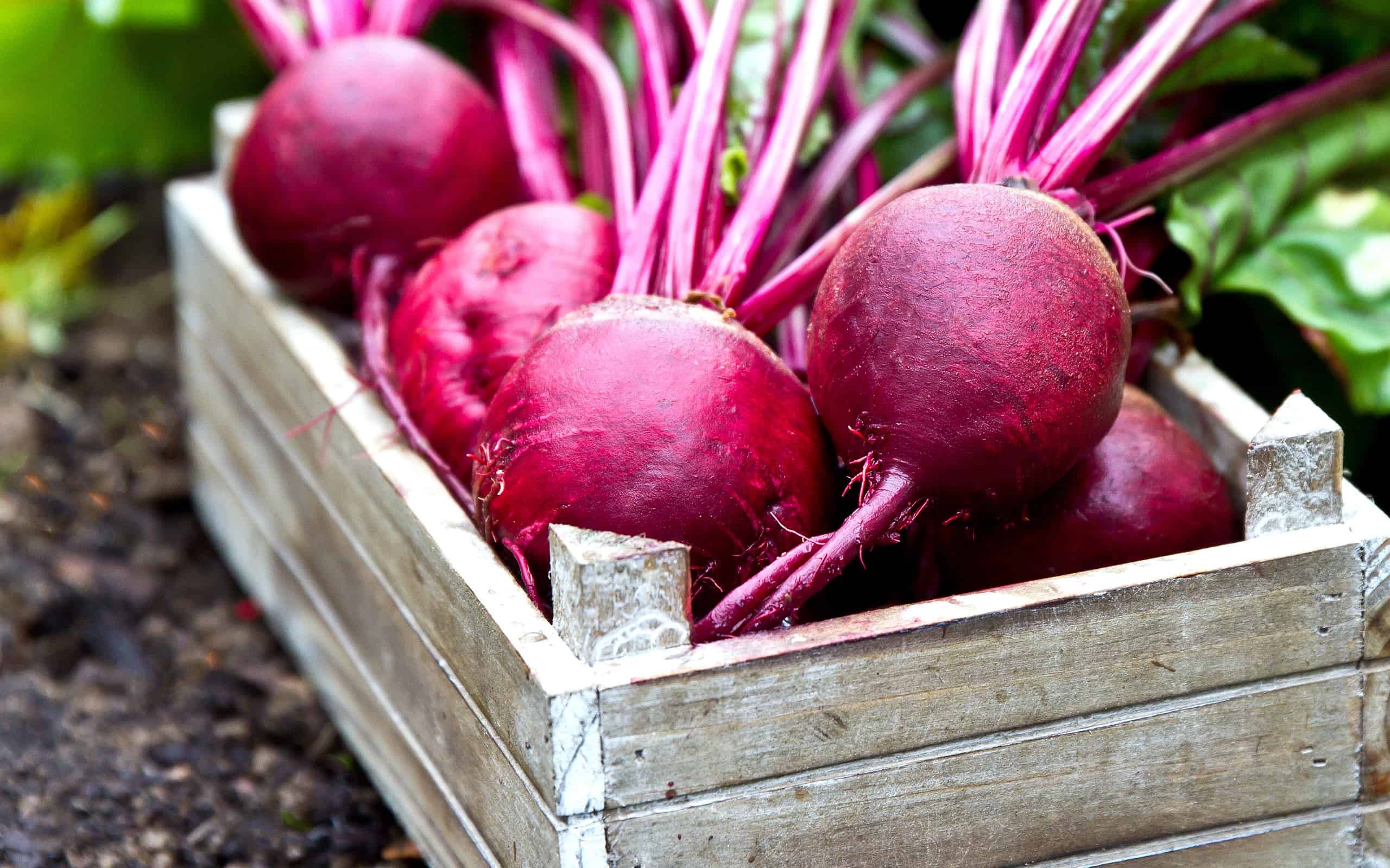
Although beets are very nutritious, it’s best to eat them in moderation.
©sagarmanis/iStock via Getty Images
Unlike other vegetables we’ve discussed so far, beets are not hardy to soil temperatures below 50 degrees Fahrenheit. Because of this, it’s recommended to plant beets in late February in order to give them the best chance of thriving.
7. Potatoes
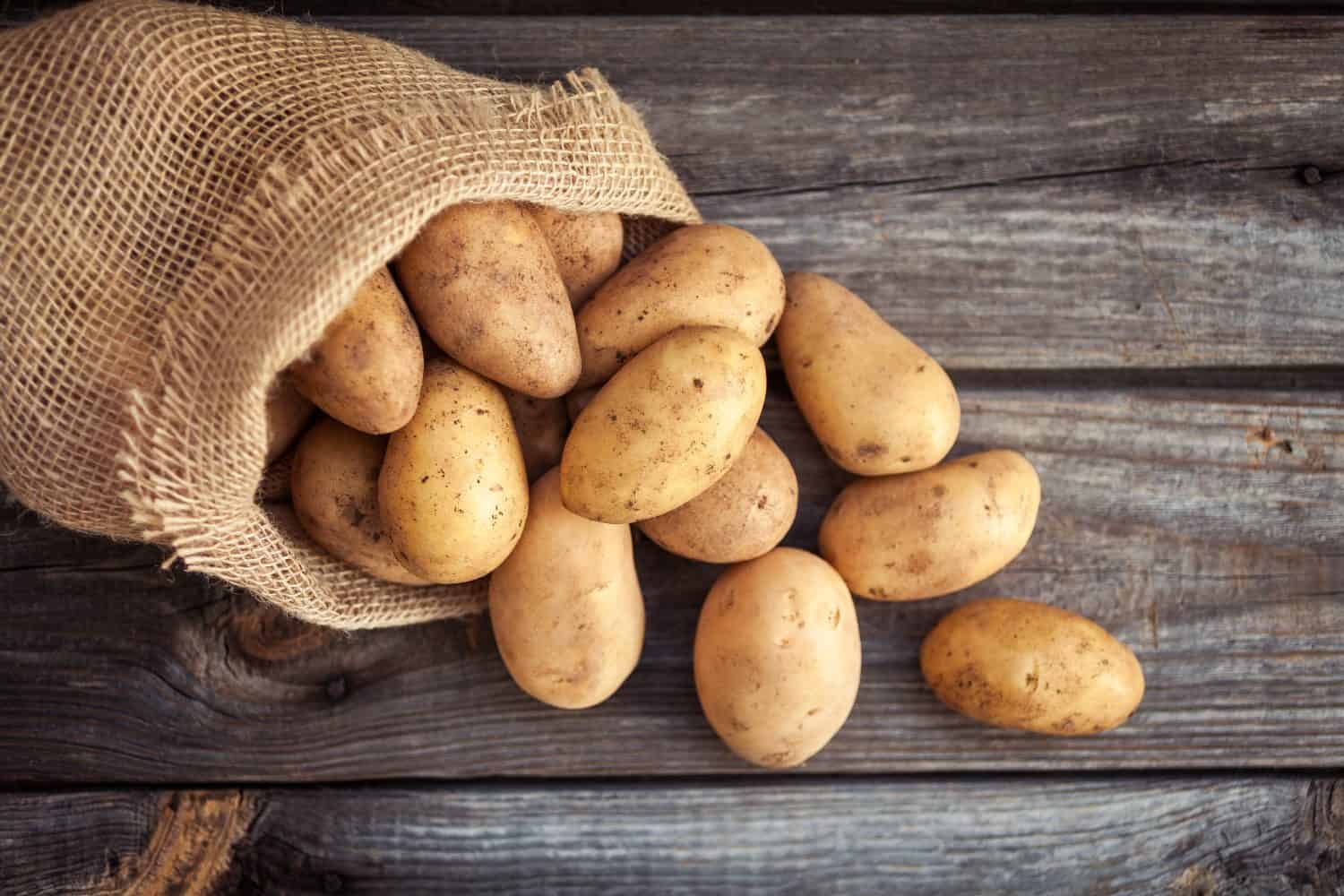
Potatoes take somewhere between two to three months to fully grow.
©Val_R/Shutterstock.com
Depending on where you live, you might be able to plant potatoes very early on during the year. As long as the soil temperature is above 45 degrees Fahrenheit, they’ll be able to grow and thrive. Potatoes are not fond of extreme heat, so planting them early on and harvesting them before peak summer temperatures is the best practice.
8. Lettuce

Lettuce is a very diverse vegetable. It can be juiced, used in salads, or sauteed.
©Brent Hofacker/Shutterstock.com
Similar to potatoes, lettuce thrives in moderate temperatures. Anything below 40 degrees or above 70 degrees Fahrenheit may stunt its growth or ruin it entirely. As long as your average local temperatures remain within this range during February, you’ll have no trouble cultivating this healthy crop.
9. Geranium
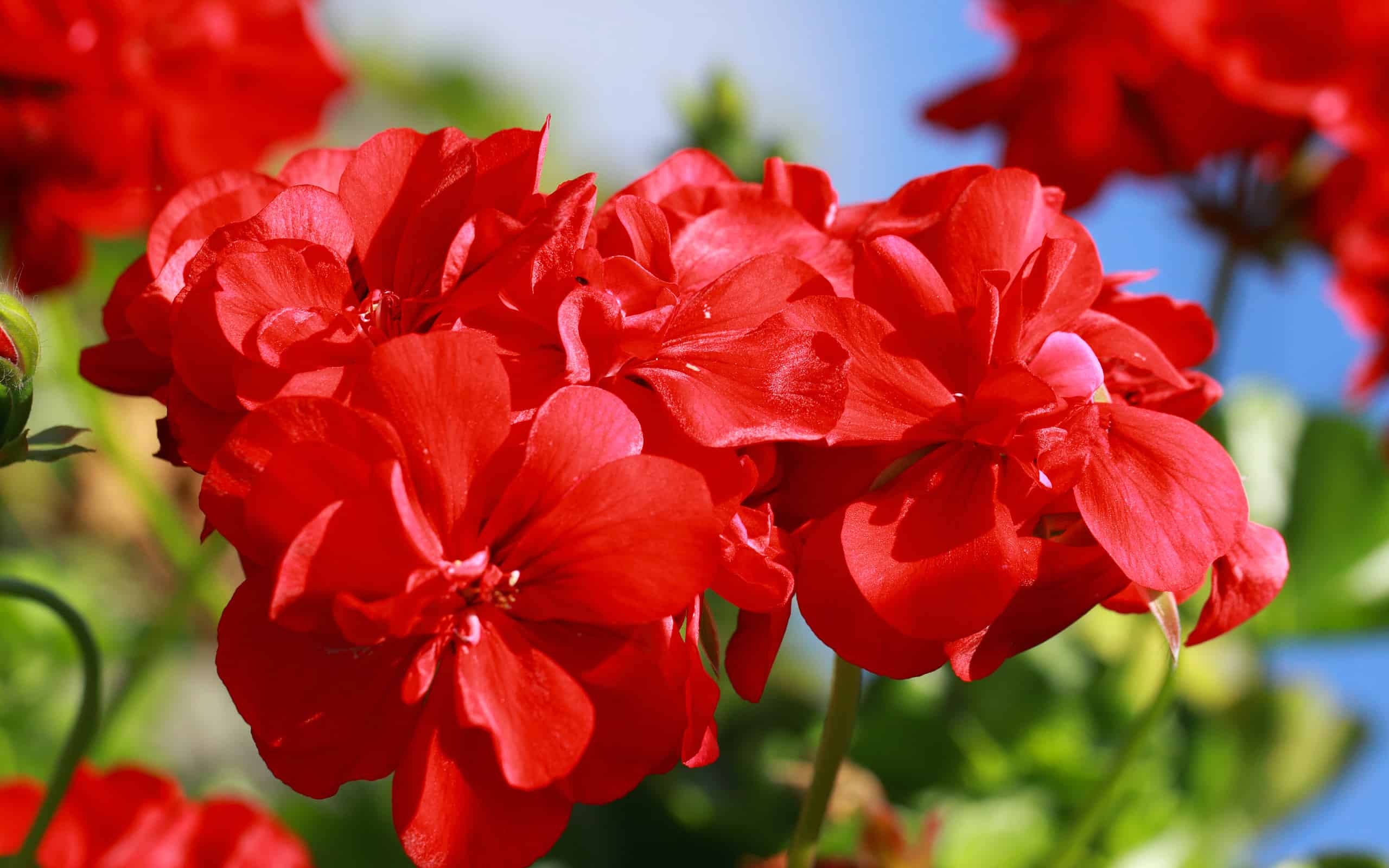
Geraniums thrive in Zones 7 to 10.
©Mayerberg/ via Getty Images
When you think of flowers, you might imagine they’re too delicate to thrive during the late winter months. However, geraniums hold up surprisingly well during the winter. As long as you plant them after the final frost of the year, you’ll have little to worry about.
10. Radishes
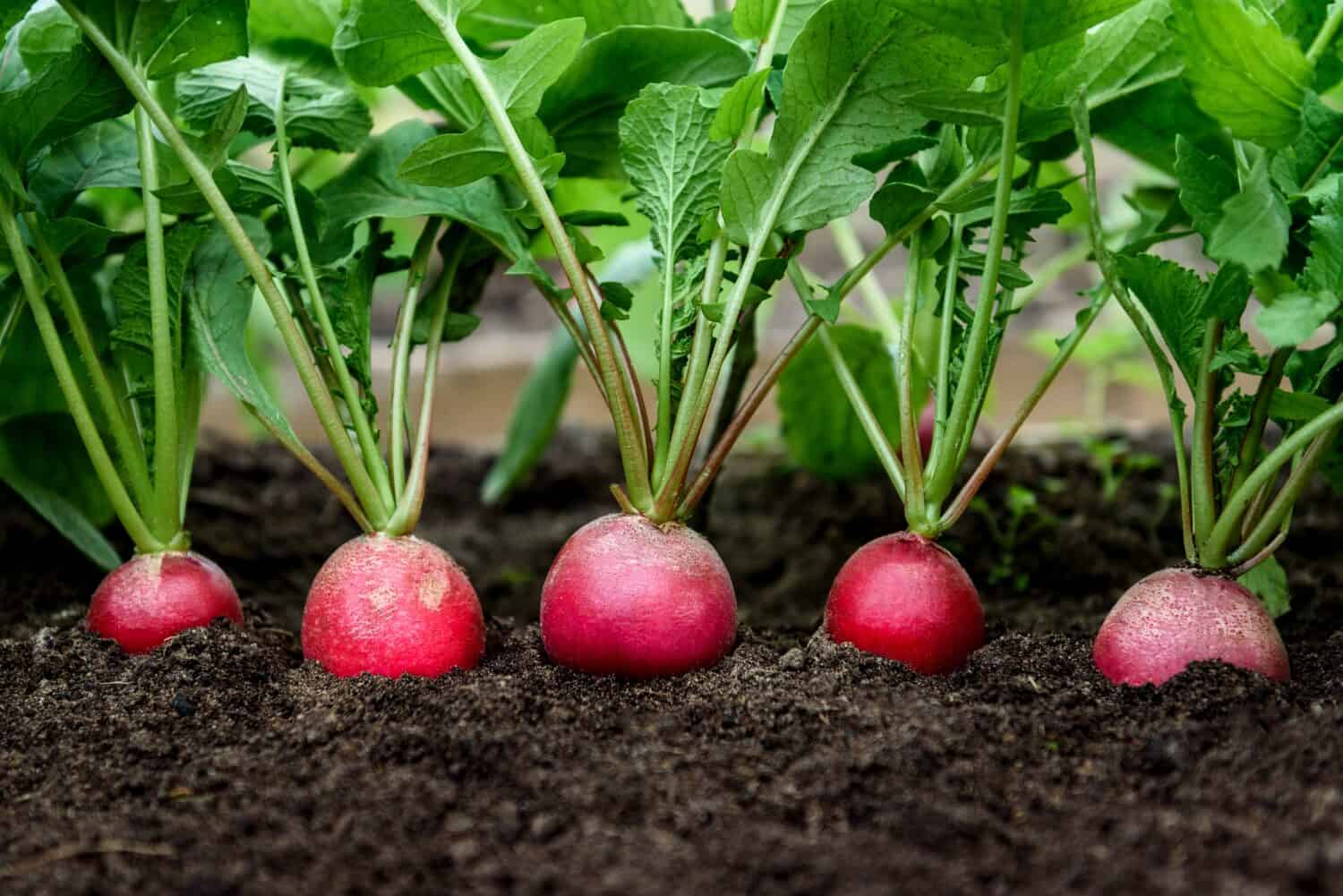
In particular, Daikon radishes thrive in temperatures between 50 and 60 degrees Fahrenheit.
©Natallia Ploskaya/Shutterstock.com
Radishes are easy, low-maintenance vegetables that make a great addition to any garden. They have an average grow time of about 40 days, which means planting early will yield greater yearly output.
11. Broccoli
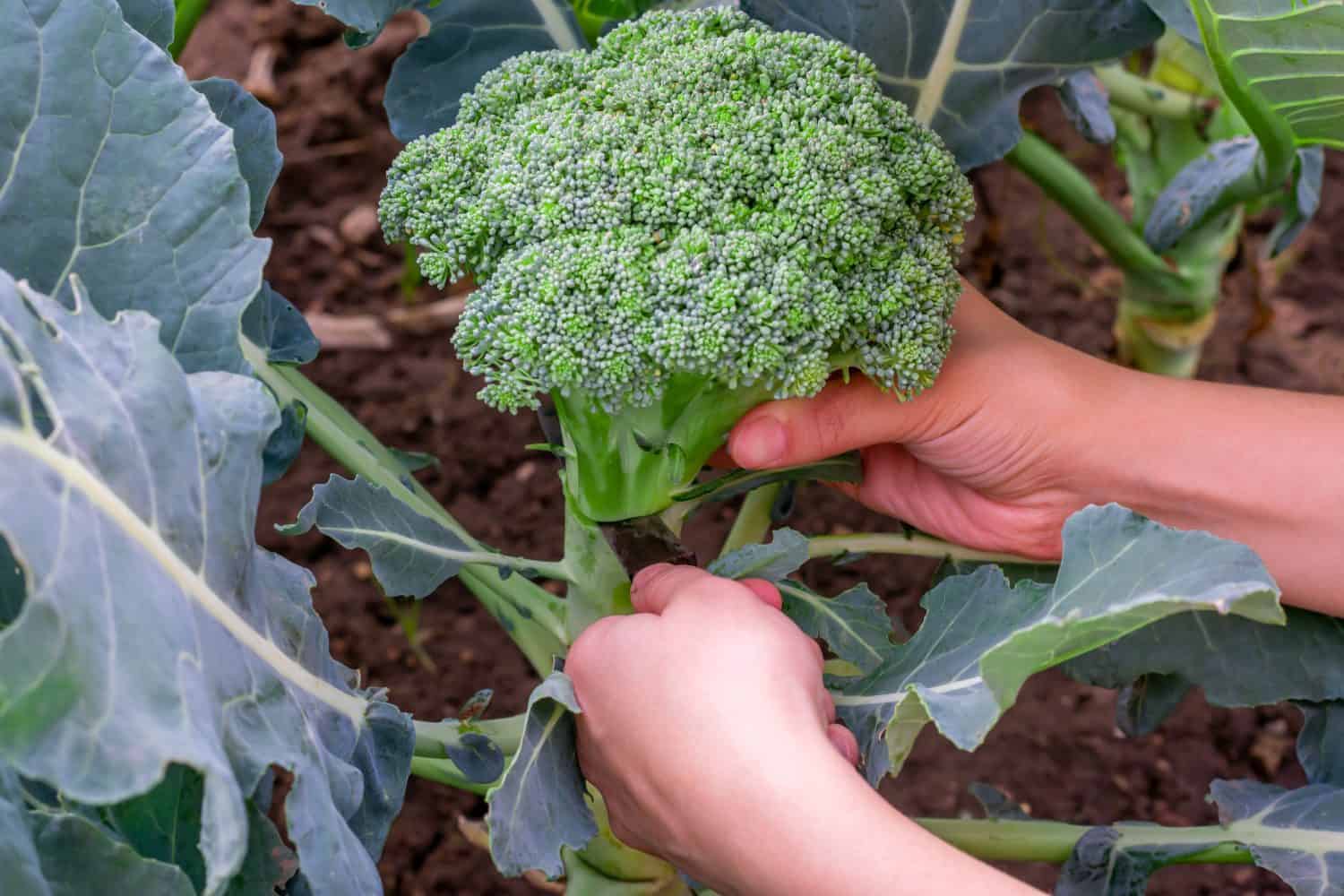
Many think that broccoli is associated with stronger immune systems and clearer skin.
©Sunny_Smile/Shutterstock.com
Broccoli is among the hardiest plants on this list, and it can withstand temperatures as low as 25 degrees Fahrenheit. As long as gardeners take care to plant this vegetable in an area that gets a lot of sunshine, they will find it is very easy to grow.
12. Oregano
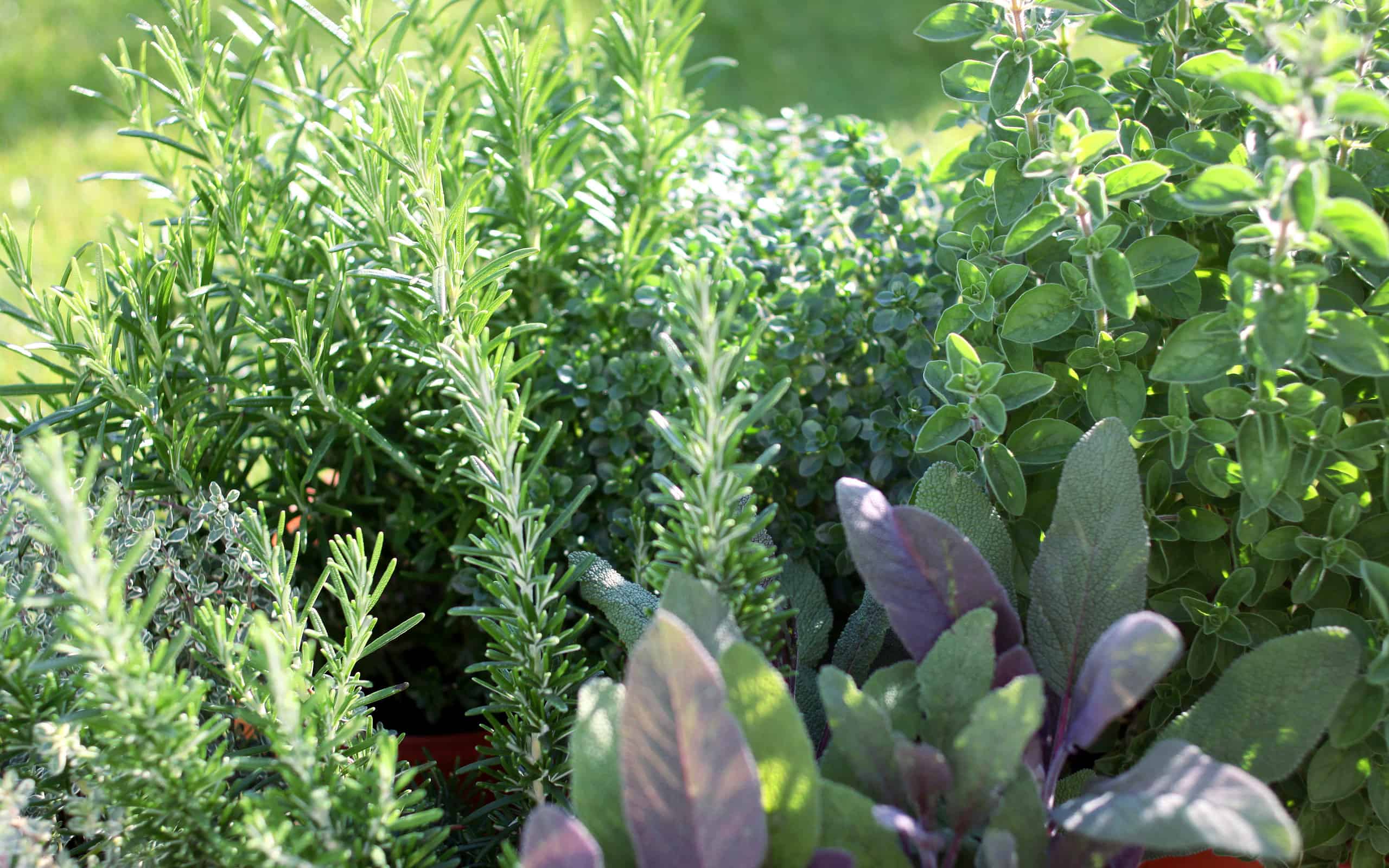
Take care to only plant herbs outdoors after the last frost of the winter.
©BarbraFord/ via Getty Images
Believe it or not, many herbs are capable of thriving during the month of February. Individuals living in colder areas up north will be pleased with how easy it is to grow oregano indoors during the late winter, while those further south can begin planting oregano outdoors as soon as hard freezes are no longer a threat.
13. Tomatoes
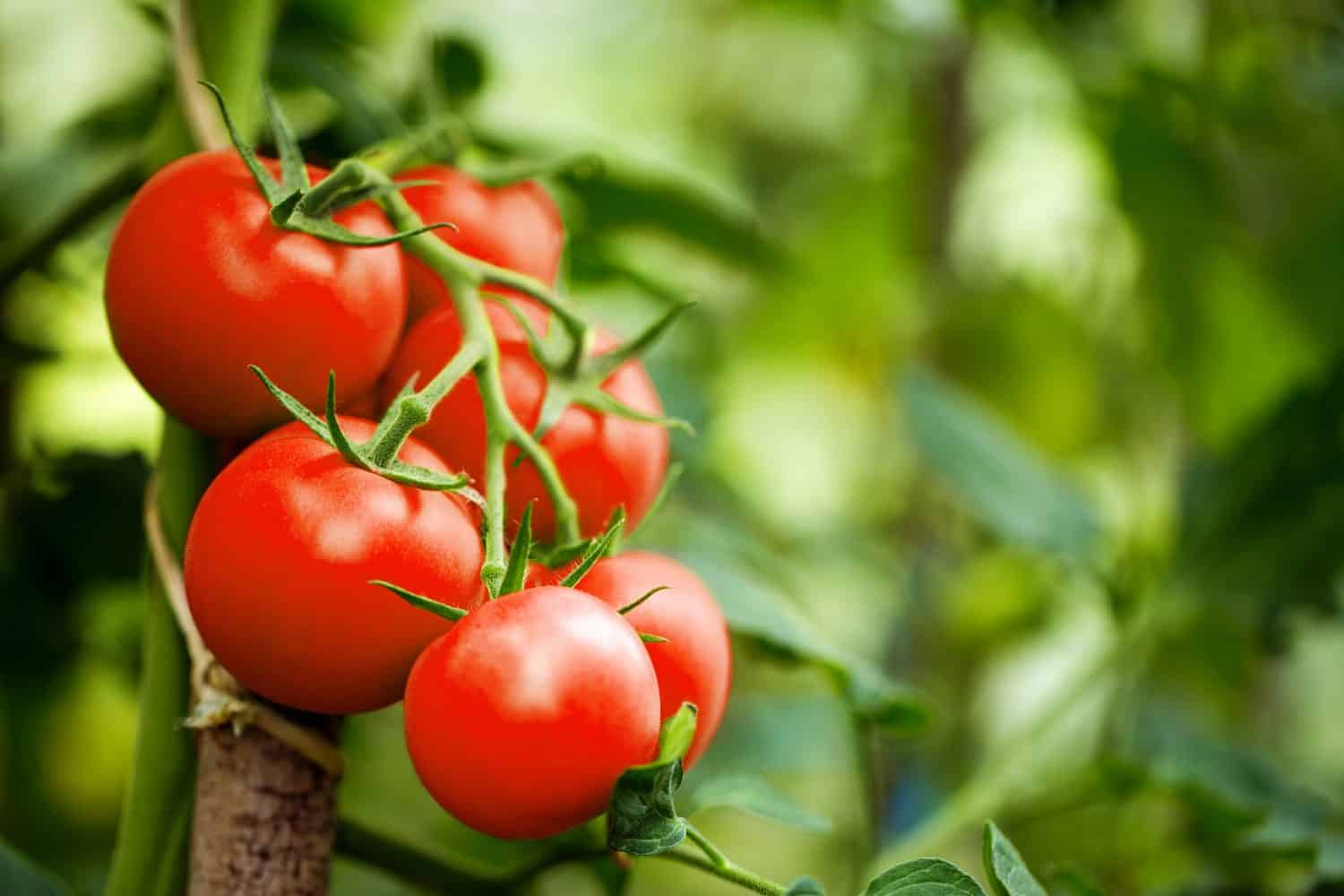
Because tomato plants grow rapidly, support is typically needed to ensure they don’t break.
©eugenegurkov/Shutterstock.com
Tomatoes are another plant that might seem unfit to withstand late winter temperatures. Those living in colder places will be limited to cultivating this plant indoors during February. However, people who live in regions where the average temperatures during February remain above 50 degrees can begin planting it straight away.
14. Basil
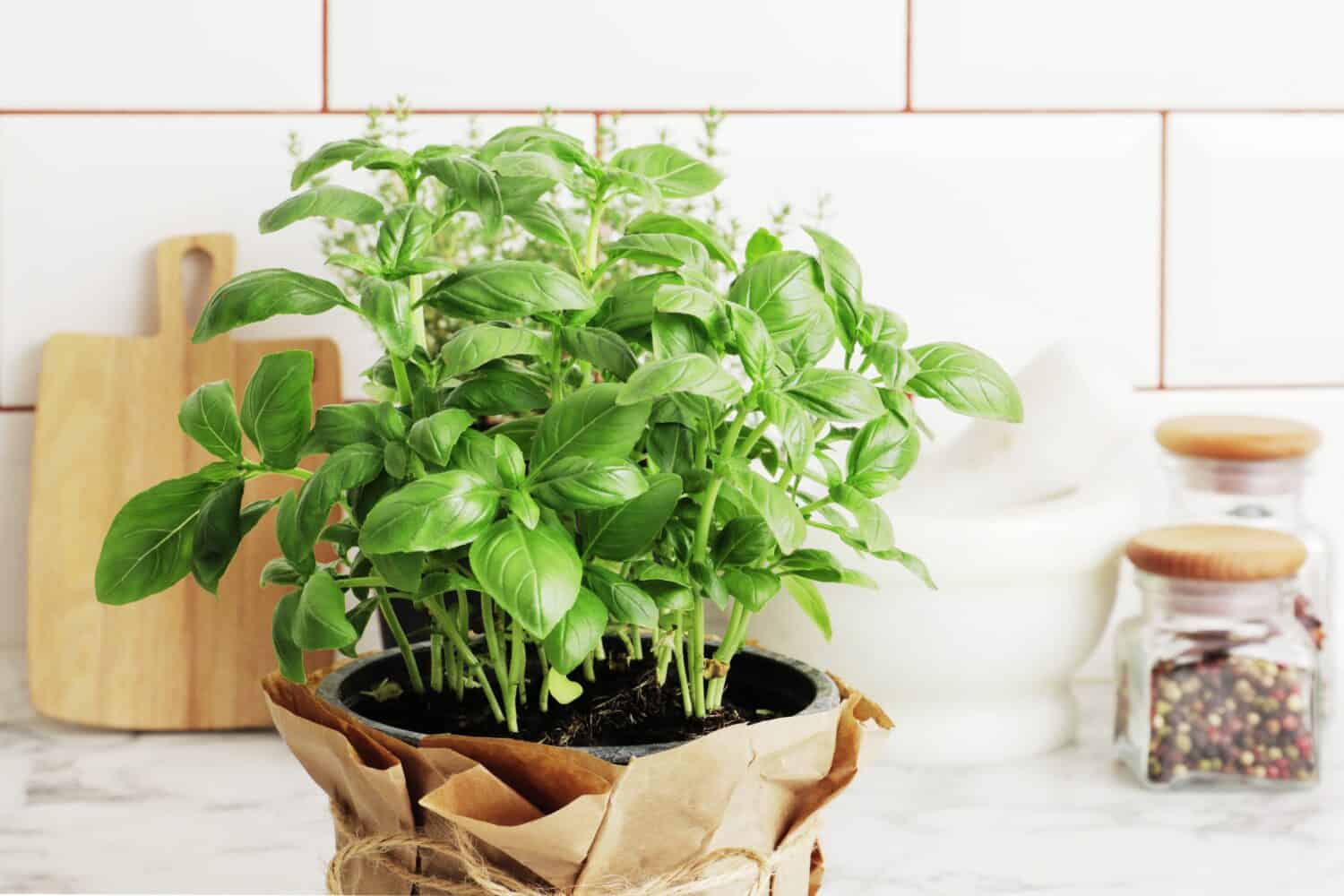
Typically, dried basil has less flavor than fresh basil.
©PandaStudio/Shutterstock.com
Basil is similar to oregano. It’s best to begin growing this herb indoors while outdoor temperatures are still iffy. If you can be sure that the winter frost is over, basil should have no problem thriving outside. Try planting it next to your tomatoes in order to deter pests.
15. Cabbage
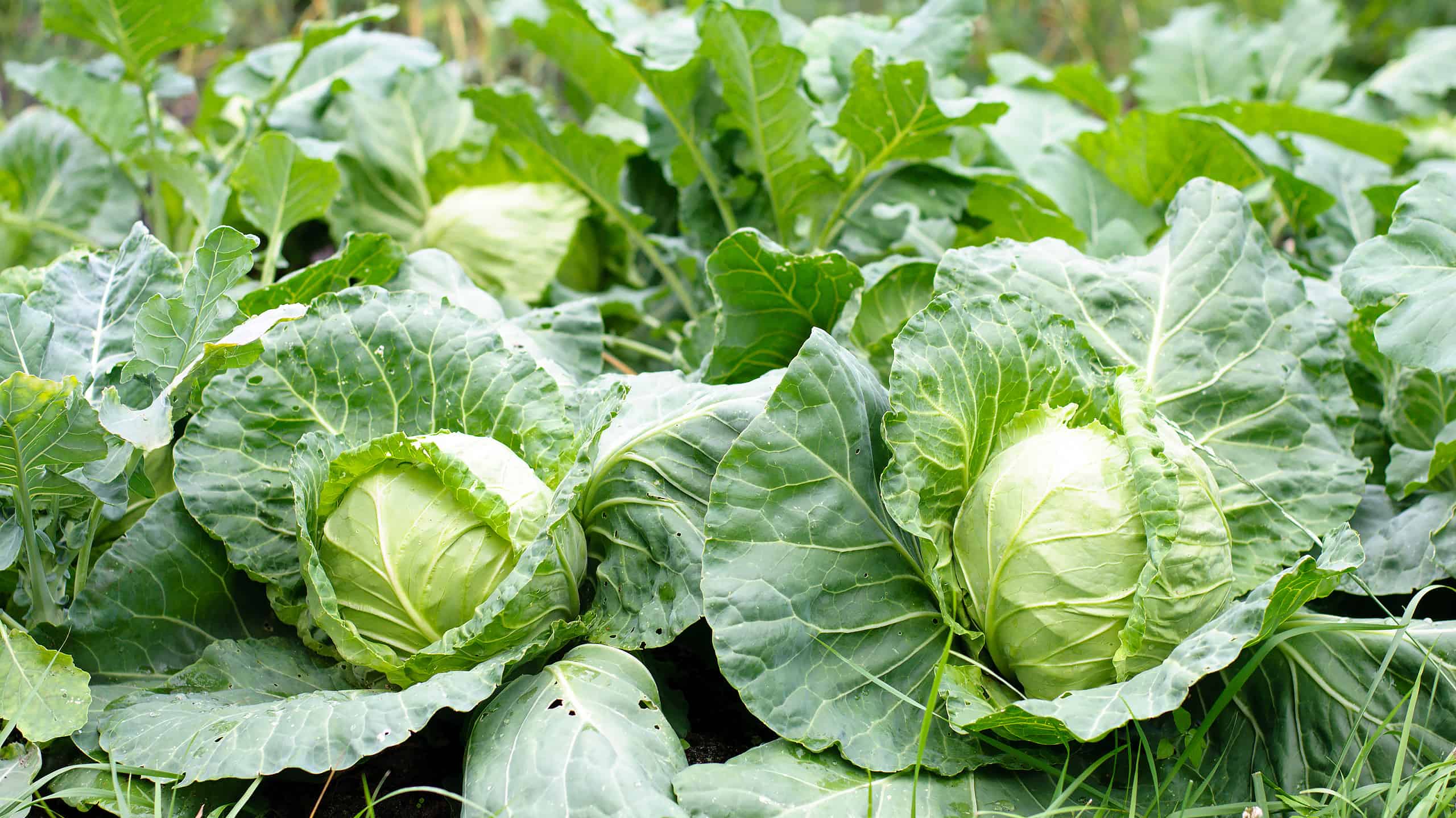
On average, it takes cabbage about 60 to 100 days to reach maturity.
©iStock.com/Lusyaya
Cabbages are very hardy to cold temperatures, making them an excellent choice for February gardening. Certain varieties are more resistant to cold than others, so take care to do some research before planting if you live in a more northern location.
16. Brussels Sprouts

You can begin germinating this plant indoors before transferring it outside.
©Volodymyr_Plysiuk/iStock via Getty Images
Among all of the entries we’ve gone over today, Brussels sprouts are among the best-performing plants in low temperatures. Although they’re relatively slow growing, they are very tough. Getting a head start on planting them will yield a greater yearly harvest.
Thank you for reading! Have some feedback for us? Contact the AZ Animals editorial team.







